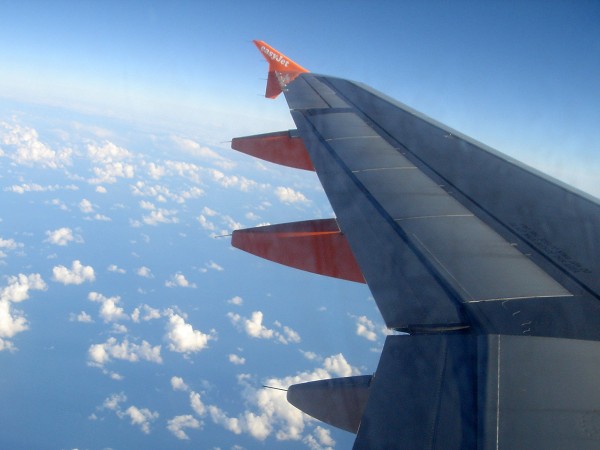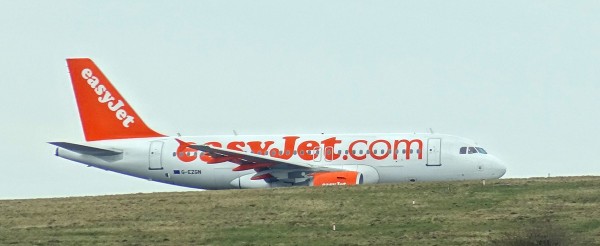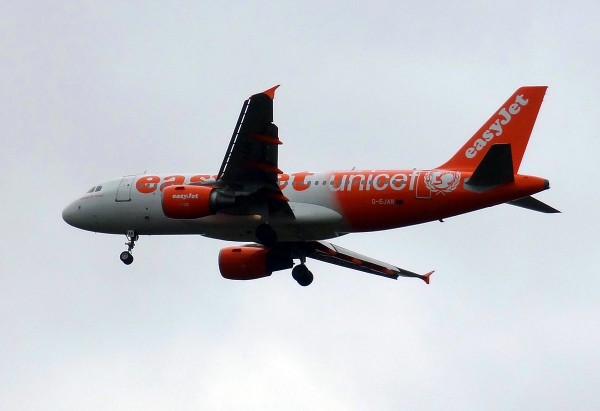Easy or not so easyPricing?
 The pricing model for low-cost airline seats seems simple. As the seats get booked, so the price rises. Thus the later you leave it to book, the more expensive it will be. But, in fact, it’s not as simple as this. Seat prices sometimes come down as the take-off date approaches. So what is the pricing model?
The pricing model for low-cost airline seats seems simple. As the seats get booked, so the price rises. Thus the later you leave it to book, the more expensive it will be. But, in fact, it’s not as simple as this. Seat prices sometimes come down as the take-off date approaches. So what is the pricing model?
The general principle of raising prices as the plane fills up still applies. This enables the airline to discriminate between passengers. Holidaymakers and those with flexibility about when, and possibly where, to travel tend to have a relatively high price elasticity of demand. People who wish to travel at the last minute, such as businesspeople and those facing a family emergency, tend to have a much lower price elasticity of demand and would be prepared to pay a higher, possibly much higher, price.
 With relatively high fixed costs for each flight, low-cost airlines need to fill, or virtually fill, their planes if they are to make a profit. And it’s not just about the direct revenue from ticket sales. Low-cost carriers also rely on the revenue from selling extras, such as on-board refreshments, hold luggage, hotels, car hire and travel insurance. With variable costs being tiny, the pricing model is about maximising revenue for each flight. So the fuller the plane, the better it is for the airline.
With relatively high fixed costs for each flight, low-cost airlines need to fill, or virtually fill, their planes if they are to make a profit. And it’s not just about the direct revenue from ticket sales. Low-cost carriers also rely on the revenue from selling extras, such as on-board refreshments, hold luggage, hotels, car hire and travel insurance. With variable costs being tiny, the pricing model is about maximising revenue for each flight. So the fuller the plane, the better it is for the airline.
 The airlines are very experienced in estimating demand over the period from a flight coming on sale and the departure date. If they get it right, then prices will indeed rise as take-off approaches. But sometimes they get it wrong. If, as time passes, a given flight is filling up too slowly, then it makes sense to be more flexible on prices, cutting them if necessary. Pricing may be easy in principle; but not always easy in practice!
The airlines are very experienced in estimating demand over the period from a flight coming on sale and the departure date. If they get it right, then prices will indeed rise as take-off approaches. But sometimes they get it wrong. If, as time passes, a given flight is filling up too slowly, then it makes sense to be more flexible on prices, cutting them if necessary. Pricing may be easy in principle; but not always easy in practice!
Article
Low-cost air fares: How ticket prices fall and rise BBC News, Erica Gornall (21/6/13)
Papers
Pricing strategies of low cost airlines Air Transport Group, Cranfield University, Keith J Mason (2002)
Pricing strategies of low-cost airlines: The Ryanair case study Journal of Air Transport Management, 15, Paolo Malighetti, Stefano Paleari and Renato Redondi (2009)
Questions
- Does a low-cost airline always charge lower prices than a traditional scheduled airline? If not, why not?
- Identify the various reasons why holidaymakers may have a relatively elastic demand for a particular flight?
- Explain the system of ‘buckets’ of seats?
- Are low-cost airlines engaging in price discrimination and, if so, which type?
- Are there any variable costs of operating a particular flight (assuming that the flight does actually take place)?
- If demand for a flight becomes less elastic as the date of departure gets nearer, why might a budget airline choose to lower the price, at least for a few days?
- Why can Ryanair operate with lower costs than easyJet?
- Would it be in low-cost airlines’ interests to charge more (a) to overweight people; (b) for using the toilet?